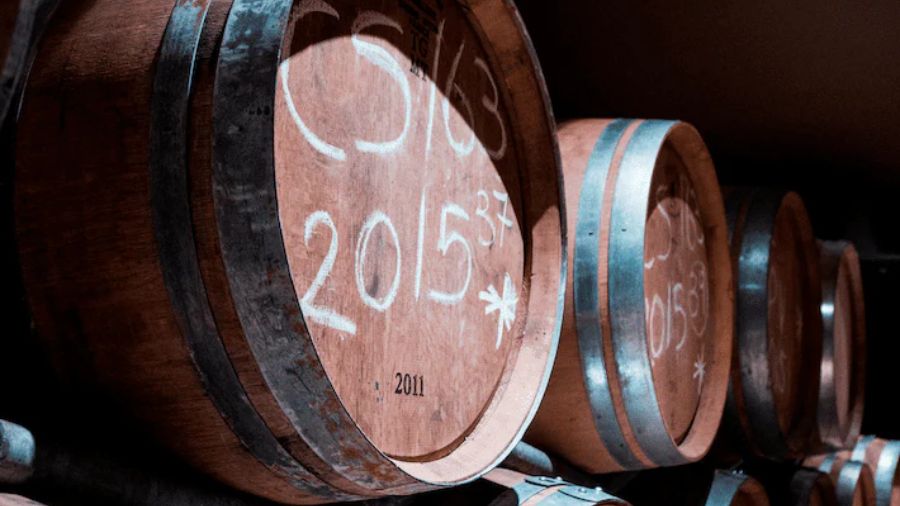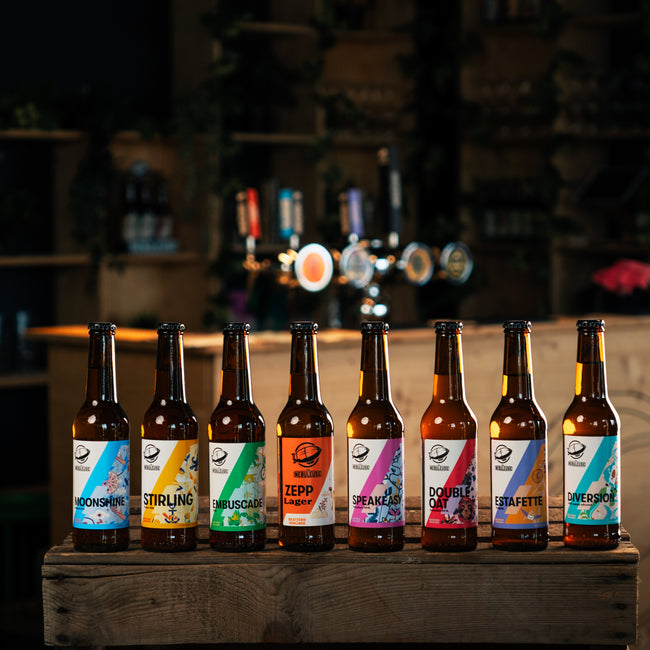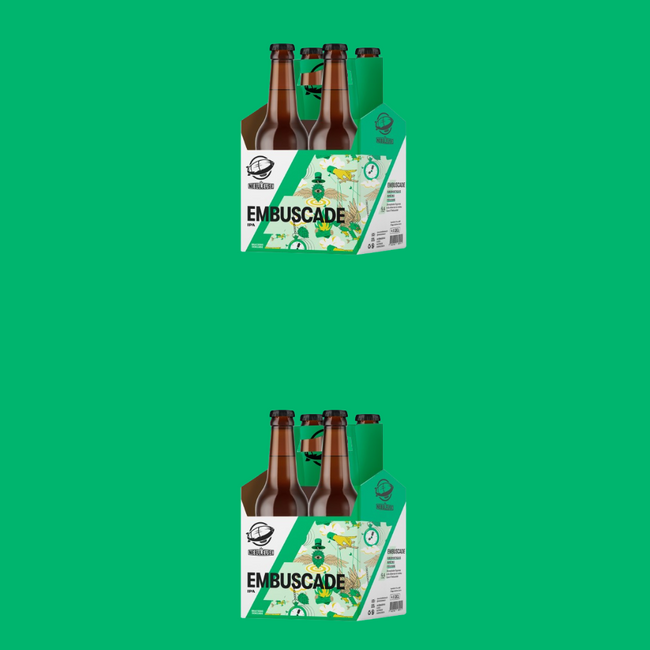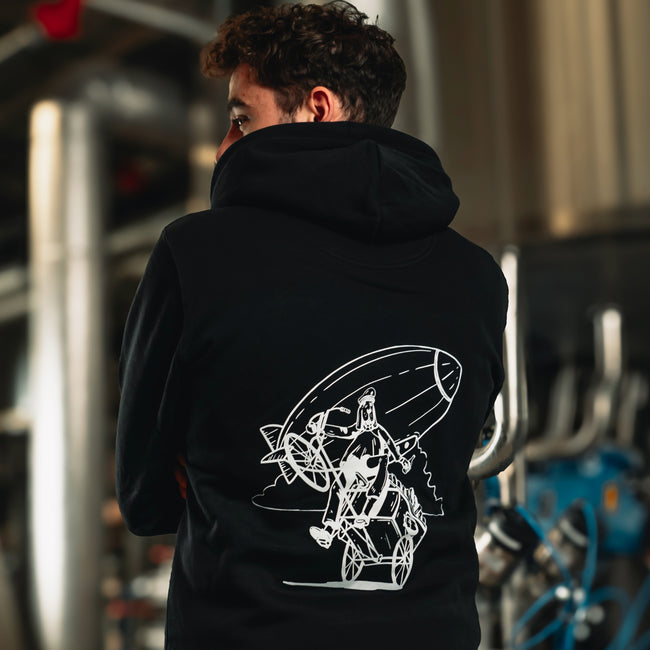The Science of Aging and the Evolution of Bottled Beers

"Drink it cold, drink it now!" This mantra, repeated over years of beer marketing, has almost succeeded in making us forget a deliciously subversive truth: some beers aren't meant to be consumed immediately. Better yet, they almost taunt you, knowing full well that they'll be far more enticing after a few months of rest.
While most drinkers rush to devour their latest finds, a tribe of more patient enthusiasts is experimenting with the almost forgotten art of aging. And the results? Frankly astonishing. In the intimacy of the bottle, a true alchemy takes place, transforming an already excellent beer into something truly transcendent.
The bottle as an alchemical laboratory
Forget everything you've ever heard about beers "turning" over time. In a well-crafted beer, the opposite happens—a fascinating metamorphosis worthy of the finest molecular magic.
Oxidation, That big baddie of the brewing world? Not so fast. Controlled and expertly measured, it becomes a valuable accomplice that transforms certain compounds into new aromatic molecules with notes of caramel, dried fruit, or even sherry. Meanwhile, the formidable alpha-acids in hops , responsible for the sometimes brutal bitterness in young beers, calm down to give way to a more subtle harmony.
As with any good transformation story, there are winners and losers. The fresh, vibrant hop aromas gradually fade, while deeper, more contemplative notes emerge: candied fruits, sweet spices, and winey touches that weren't even noticeable in the young version.
The champions of temporal endurance
Not all beers are created equal when it comes to time. Some styles are true sprinters—alluring in the moment but quickly tiring. Others are born marathoners, gaining character with every mile.
First criterion: power. A good dose of alcohol (over 8%) acts as a bodyguard, protecting the beer from unwanted spoilage. This is why robust barleywines and massive imperial stouts are often included in the pantheon of bières de garde.
The presence of live yeast in the bottle? A major asset. These microorganisms don't sit idle after carbonating your beverage. They capture unwanted oxygen and continue their aromatic work for months.
La Nébuleuse's Embuscade perfectly illustrates how even an IPA—a style usually intended for quick drinking—can surprise over time. Its bold notes of blood orange and resin evolve over a few months into deeper aromas of candied citrus, while its initial bitterness rounds out to offer remarkable balance. A small hop miracle that proves that sometimes, impatience really isn't rewarded.
Brewing with the future in mind
Creating a beer that ages gracefully is a high-wire act that begins long before bottling. The brewer must think in four dimensions, anticipating how each ingredient will evolve in the time capsule that is the bottle.
The choice of malts is fundamental —dark, caramelized varieties contribute compounds that evolve positively. Hopping requires forward thinking: those fresh aromas of grapefruit and passion fruit? They'll fade. Those deeper, resinous notes? They'll last.
Bottle refermentation remains perhaps the most decisive technique. By adding a pinch of sugar and sometimes fresh yeast to the bottling, the brewer creates a living microsystem in each bottle. La Nébuleuse's Estafette masterfully exploits this technique. This Belgian triple, already seductive with its fruity aromas of banana and apricot, gains nuances of sweet spices and candied fruits after a few months that are absolutely stunning. The fine, persistent carbonation, a signature of refermented beers, adds a silky texture that evolves superbly over time.
The Secrets of the Bottle Keeper
Have you found a beer with potential? Don't ruin everything with poor storage. Preserving long-lasting beers is an art that deserves attention.
Temperature is your best friend or your worst enemy . The ideal? Store between 12°C and 15°C, without fluctuations. Forget the refrigerator (too cold) and that shelf exposed to the sun (catastrophic). A cupboard in a cool room is perfect for starting out.
Darkness is non-negotiable. UV rays are to beer what kryptonite is to Superman—destructive. Amber bottles offer partial protection, but nothing beats storage in complete darkness.
For refermented beers containing sediment (this isn't a defect, it's character!), favor the vertical position. This small detail allows the sediment to settle gently to the bottom, preventing you from tasting disturbed by suspended particles.
Vertical tasting, a journey through time
This is the Holy Grail for wine lovers: vertical tasting . This concept, borrowed from the world of wine, consists of comparing different ages of the same beer side by side. The experience is simply fascinating.
La Nébuleuse's Double Oat lends itself beautifully to this exercise. This Double IPA with explosive tropical notes undergoes a spectacular transformation over the course of a few months. The initial aromas of fresh mango and pineapple evolve into more complex notes of candied fruit and ripe citrus. The texture, already remarkable thanks to the oat flakes, becomes even smoother. After 6-9 months, this beer achieves a balance where power and finesse blend perfectly.
Time, that invisible brewer
In our world of instantaneity and immediate consumption, the aging of craft beers reminds us of an almost forgotten truth: some experiences are worth waiting for. Each aged bottle becomes a small universe where time, that invisible brewer, silently refines its work.
To deepen your understanding of the special fermentation techniques that make this fascinating development possible, please explore our more in-depth article on the subject.
The next time you reach for a bottle of craft beer, ask yourself the fateful question: drink it now or let time play its role as co-brewer? After all, some relationships deserve time to reveal their true colors. And your beer could well be one of them.









